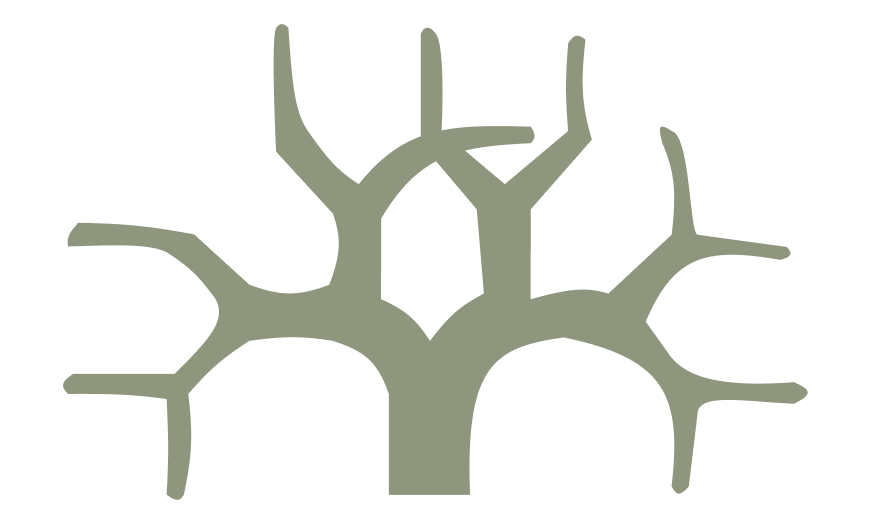What is a Hook in Tech?
What different meanings are there, read to find out.
The History of Hooks
From the humble fishing hook to modern digital interfaces, the concept of a "hook" has evolved dramatically—shaping tools, systems, and even how we engage with technology and content today.
But what exactly is a hook? And how do hooks influence everything from programming to social media?
Let’s dive into the journey of hooks across time and tech:
Hooks in the Physical World
Historically, a hook was a simple but revolutionary invention—a curved tool designed to catch or hold. Whether used in fishing, lifting objects, or fastening things, the physical hook has always served one purpose: grip and control.
This idea of grabbing onto something didn’t stay in the physical world. As human systems evolved, the metaphor of a “hook” found its way into language, marketing, and, eventually, technology.
Hooks in Programming
In the world of software development, hooks are powerful tools that allow developers to insert custom behavior into existing systems.
React Hooks like useState and useEffect changed how developers write web applications—making code more functional, concise, and easy to manage.
WordPress hooks (actions and filters) empower developers to customize sites without altering core files.
Webhooks are used in APIs to let services communicate automatically, like sending notifications from a payment provider to your app when a transaction occurs.
In short, programming hooks enable modular, flexible, and scalable code.
Hooks in Marketing & Social Media
In digital marketing and content creation, a hook is the opening line, image, or visual that grabs a viewer’s attention. You’ll find them in:
Instagram Reels & TikToks: Creators use hooks in the first few seconds to stop users from scrolling away—like shocking statements, fast cuts, or intriguing visuals.
Email subject lines: Designed to pique curiosity and drive clicks.
UX design: Platforms like Instagram and YouTube use psychological hooks—such as infinite scroll, auto-play, and like notifications—to keep users engaged.
These marketing hooks are effective, but they’re not without criticism. Many are designed to exploit human psychology. And often news is overly dramatic, to give people the shock factor, to stay interested.
